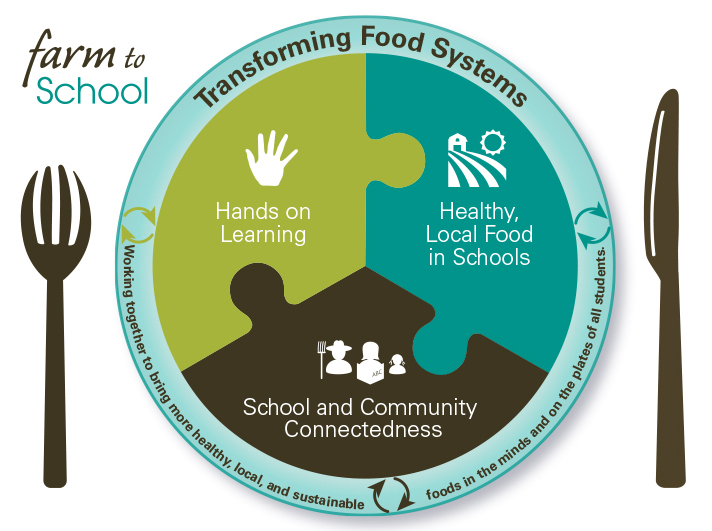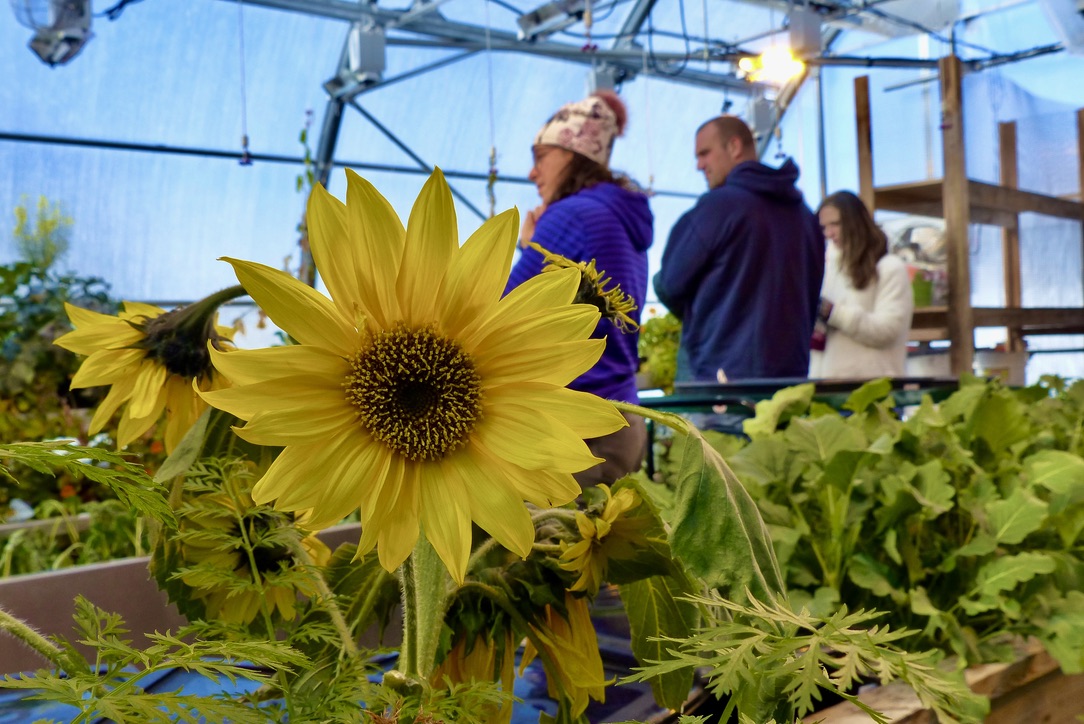On the heels of Canada’s First Farm to School Conference in May, we are taking action on your request for policy tools to advance Farm to School. In order to do so, we need your help!
The USA have had Farm to School policies in place for over a decade, and recently released the “State Farm to School Policy Handbook” which contains information on policies that exist to support the farm to school movement. Following in their footsteps, our goal is to create a similar handbook for Canada. Therefore, we need to conduct an assessment of the Farm to School landscape across Canada.
By conducting this assessment, we hope to create a policy toolbox that makes tools and resources more readily available and also organizes information needed to develop our own Farm to School Policy Handbook.
That’s what I’m here to do. My name is Katie Kennedy and I am volunteering with Farm to Cafeteria Canada to collect data on the policies, guidelines and standards that support the three core pillars of Farm to School in Canada, which comprise the Farm to School Approach or “framework” (see graphic). These pillars include food literacy, food procurement/access, and community connections. The information I collect will be organized into a table to be shared on the Farm to Cafeteria Canada website upon its completion.
To aid me in this process, I am reaching out to the Farm to School community seeking links to applicable documents and resources. These would include any policies, guidelines, or standards from the school district level through the regional, provincial and national level that exist to support Farm to School. If you have any information or questions, please email me at f2spolicies@gmail.com.

F2S models strive to include:
Healthy, Local Food:
Schools source local food in many ways, including through direct farmer/harvester relationships, food distributors, school gardens, and the harvesting of wild and traditional foods. When local food arrives in schools it is often served in the form of a salad bar, hot lunch program, tasting activity, fundraiser, or community celebration.
Hands-On Learning:
Step into any school offering F2S and you will find students learning about food in the school garden, greenhouse, kitchen or classroom. They may also be getting ready for field trips to local farms, forests, and shores.
School and Community Connectedness:
Schools establish relationships with farmers, community members, and support organizations, tapping into local knowledge, passion, skills, and resources.
Additional resources:
Farm to Cafeteria Canada website: https://www.farmtocafeteriacanada.ca/
Benefits of Farm to School: https://www.farmtocafeteriacanada.ca/2018/10/benefits-of-farm-to-school/
Farm to School Learning Circle Guide: https://www.farmtocafeteriacanada.ca/2019/05/farm-to-school-learning-circles/
State Farm to School Policy Handbook 2002-2018: http://www.farmtoschool.org/Resources/State%20Farm%20to%20School%20Policy%20Handbook.pdf





